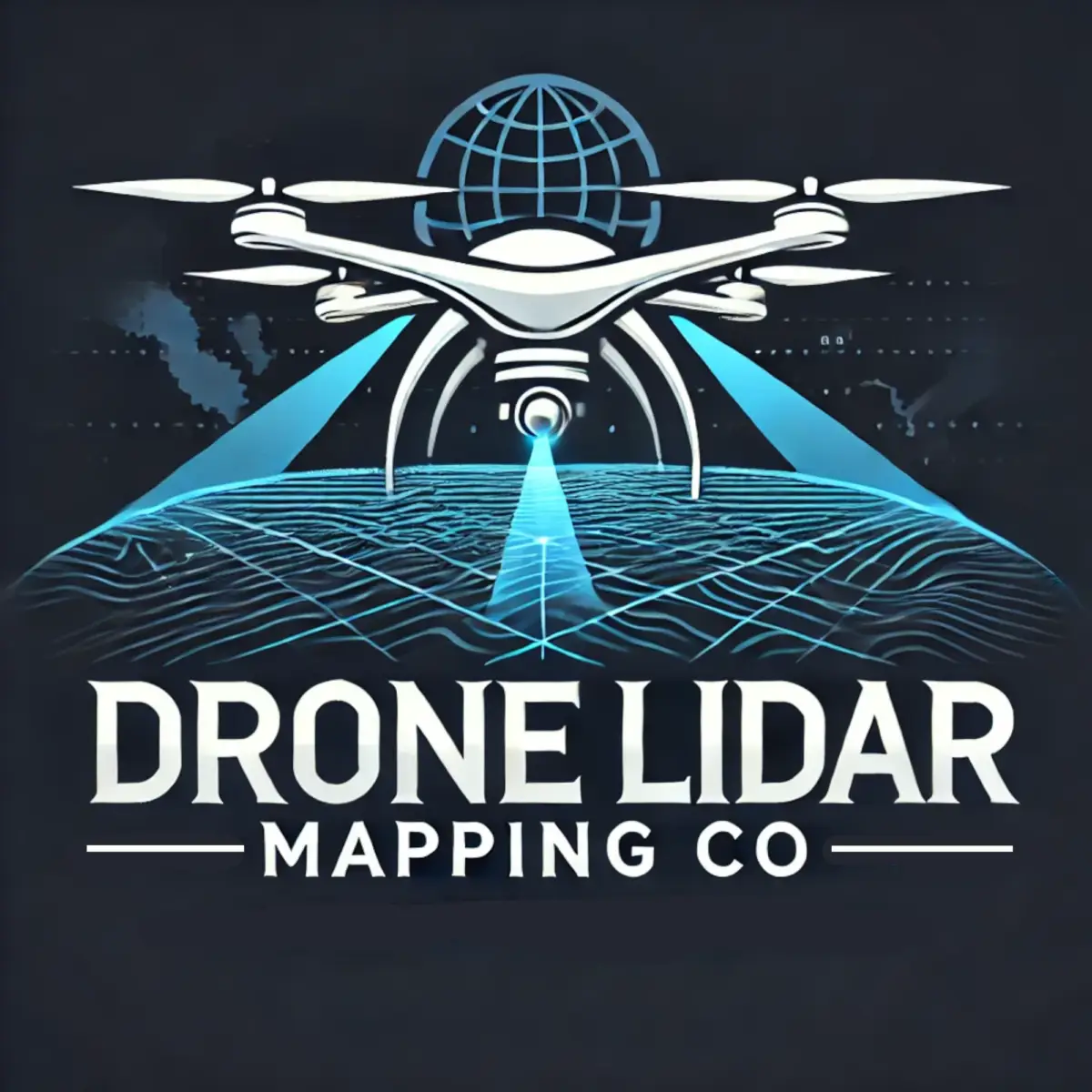Drone Topographic Survey Services
- Home
- Drone Topographic Survey Services
Our Service
Drone Topographic Survey Services
At Drone Lidar Mapping Services, we specialize in drone topographic surveys that accurately map both natural and man-made features on your land—complete with detailed elevation data. Using aerial topography mapping techniques, we capture the contour lines, spot elevations, and subsurface utility details you need for planning, engineering, and construction projects.
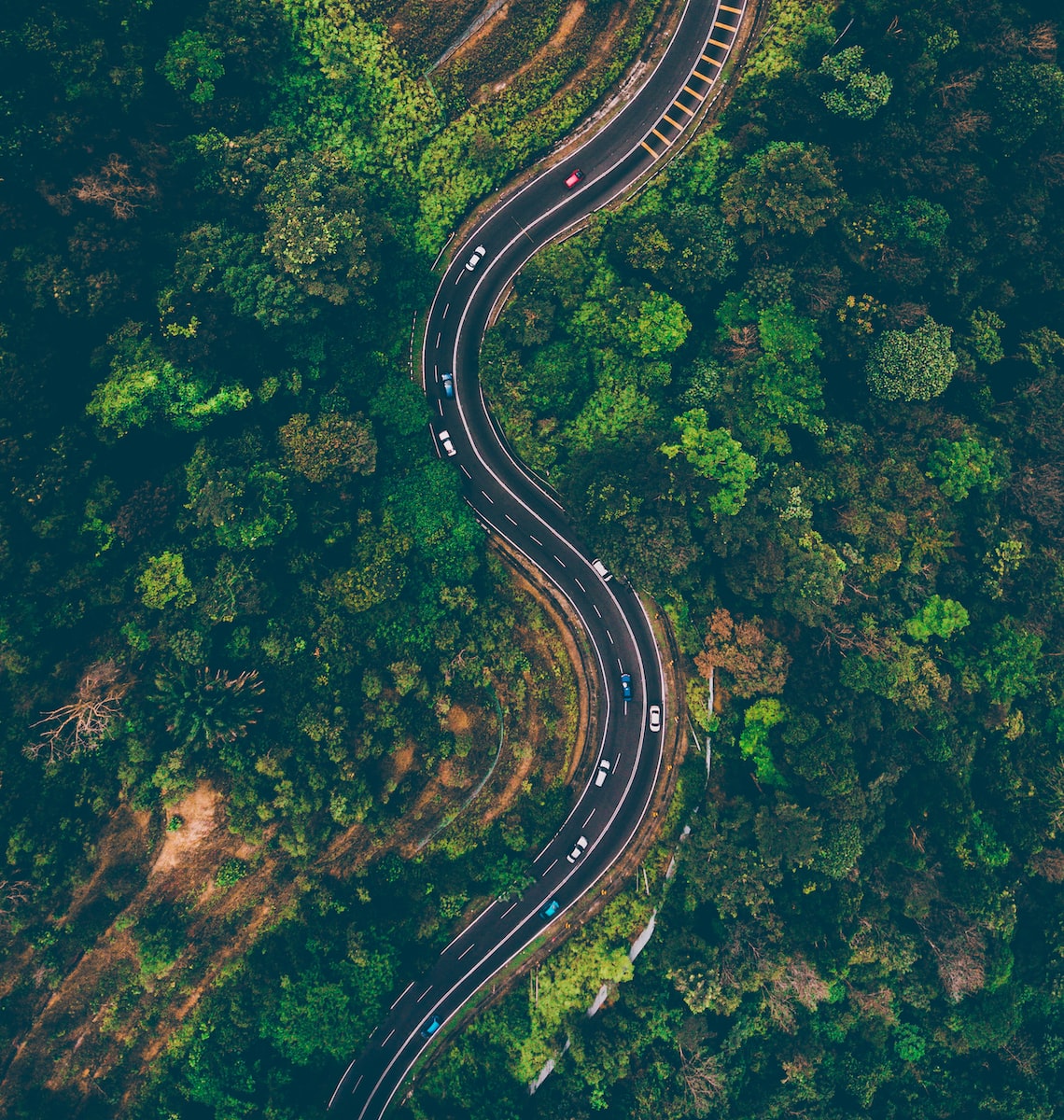
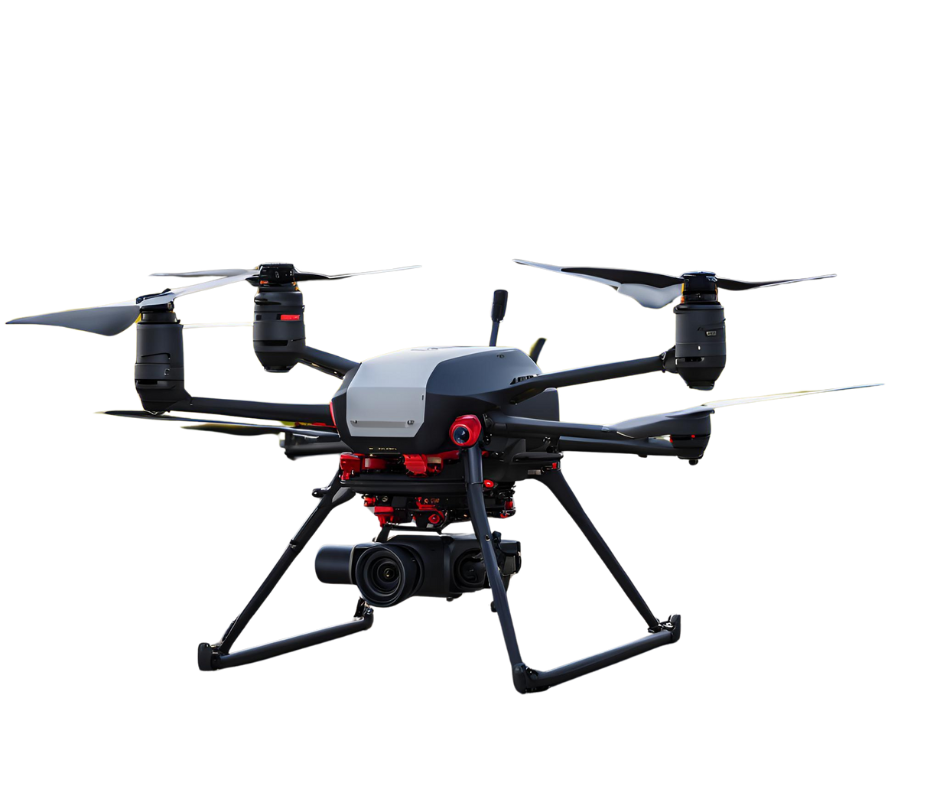

Drone topographic
What Is a Drone Topographic Survey?
A topographic survey, often called a topo survey, locates and measures both visible features (like buildings, roads, utility poles) and underground elements (such as water lines or sewer lines). It also represents the land’s elevation changes—typically shown through contour lines and spot elevations.
When completed by drone-based methods, an aerial topography survey can:
- Accelerate data collection compared to ground-based surveys.
- Provide high-resolution imagery for clearer, more comprehensive site maps.
Capture surface elevations to produce 3D models and digital terrain models (DTMs).
Drone topographic
Why Do You Need a Drone Topographic Survey?
- Design & Engineering Projects
Accurate elevation and feature data form the basis for calculating earthwork, cut-and-fill requirements, and final site grading. - Architectural Planning & Visualization
Aerial topography mapping lets architects and planners view a site in 3D, making it easier to visualize and propose designs. - Infrastructure & Utility Planning
By mapping existing underground and above-ground utilities, you can avoid costly conflicts during construction. - Steep Slopes & Limited Spaces
A drone topography survey is crucial for difficult terrain—it quickly identifies slope constraints and ensures your site improvements fit within those limits.
Public or Municipal Projects
Present realistic 3D visualizations to stakeholders at public meetings, demonstrating how a project will look post-construction.
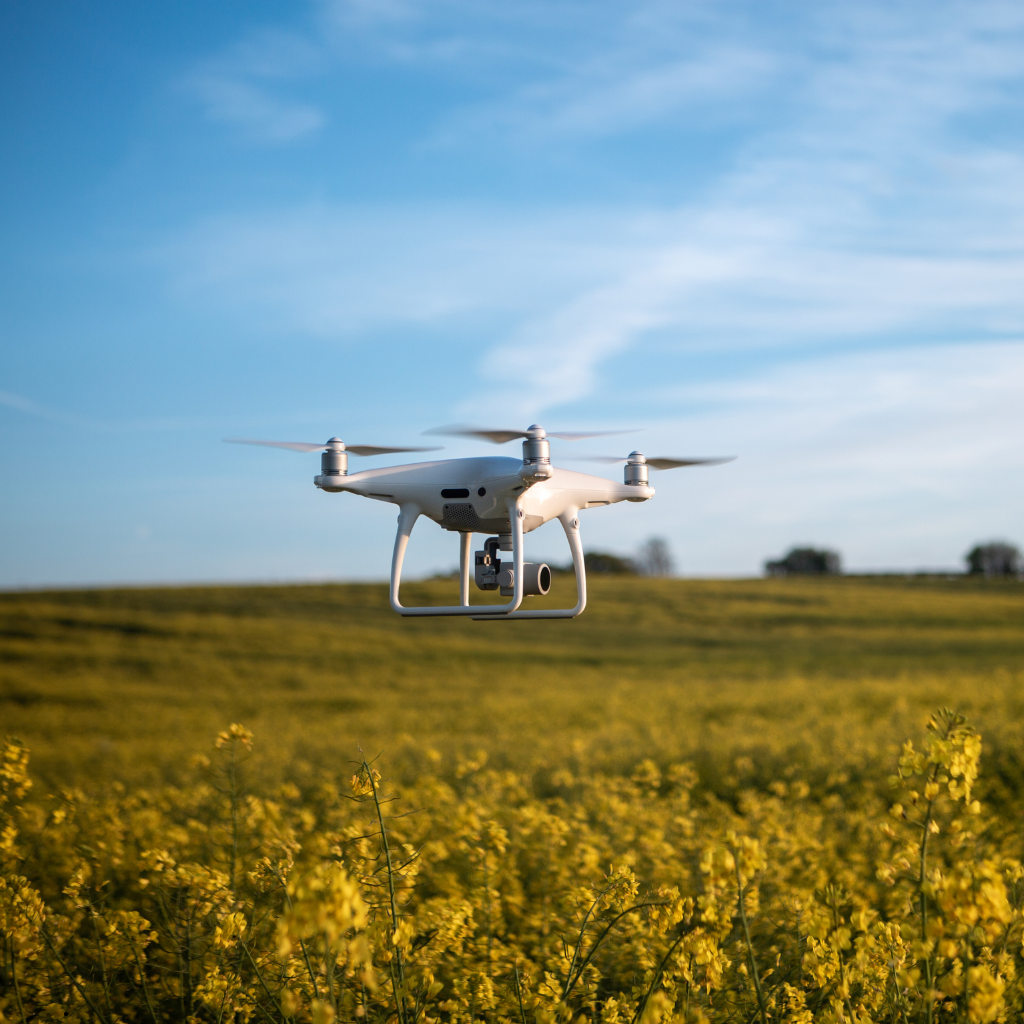
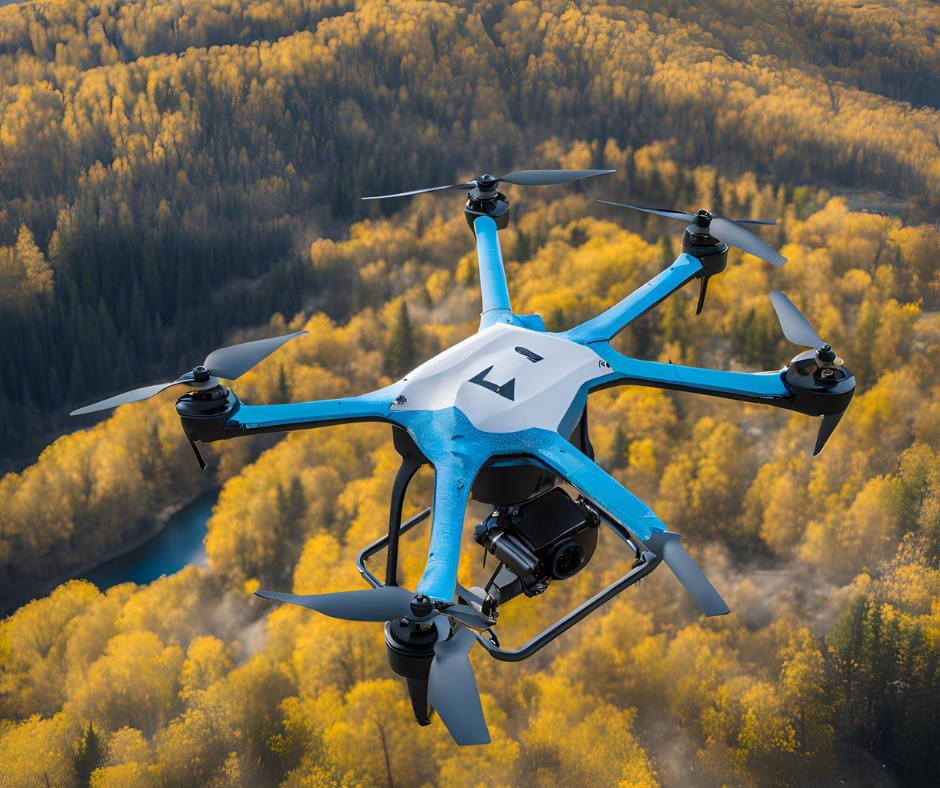
Drone topographic
How We Perform Drone Topographic Surveys?
Topographic surveys traditionally rely on ground-based instruments like total stations or GPS units to measure points. However, aerial topography survey methods—using drone photogrammetry or drone LiDAR—have become increasingly popular for their speed and coverage:
- Planning & Control Points
We establish ground control points (GCPs) to anchor the aerial data to real-world coordinates. This step ensures vertical and horizontal accuracy. - Aerial Data Capture
Our FAA Part 107 certified remote pilots use drones equipped with high-resolution cameras or LiDAR sensors to capture overlapping images or laser data of the survey area. - Data Processing & Contour Generation
We process the collected images or point clouds to create orthomosaics, digital elevation models (DEMs), and contour lines reflecting terrain changes. - Feature Extraction
Visible features, such as buildings, trees, roads, and utility lines, are mapped out. In some cases, underground utility information is combined from existing records or scanned data. - Spot Elevations & 3D Models
We add spot elevations for critical points to enhance design accuracy. All data is compiled into a final deliverable—complete with 3D visualizations if needed.
Drone topographic
Deliverables for a Drone Topo Survey
After a drone topographic survey, you’ll receive:
- Contour Maps & Elevation Data
Visualizing the site’s slopes, ridges, valleys, or breaklines. - Orthomosaic Imagery
High-resolution aerial images aligned with real-world coordinates. - 3D Models & Digital Terrain Models (DTMs)
Ideal for engineering, design, or volume calculations. - Spot Elevations & Utility Features
Critical locations and underground data integrated into one cohesive map. - CAD/GIS Files
Vector data (DWG, DXF, or shapefiles) ready for use in engineering or architectural software.
Drone vs. Conventional Topographic Surveys
- Speed & Coverage
Aerial topography with drones covers large or tough terrains faster than manual surveys. - Cost Efficiency
Fewer on-site personnel and reduced field time often mean lower overall costs. - Safety & Accessibility
Drones can easily map areas that are steep, rugged, or inaccessible. - Accuracy Thresholds
While drone technology meets most design needs, extremely tight tolerance projects may benefit from hybrid ground-based + drone approaches.
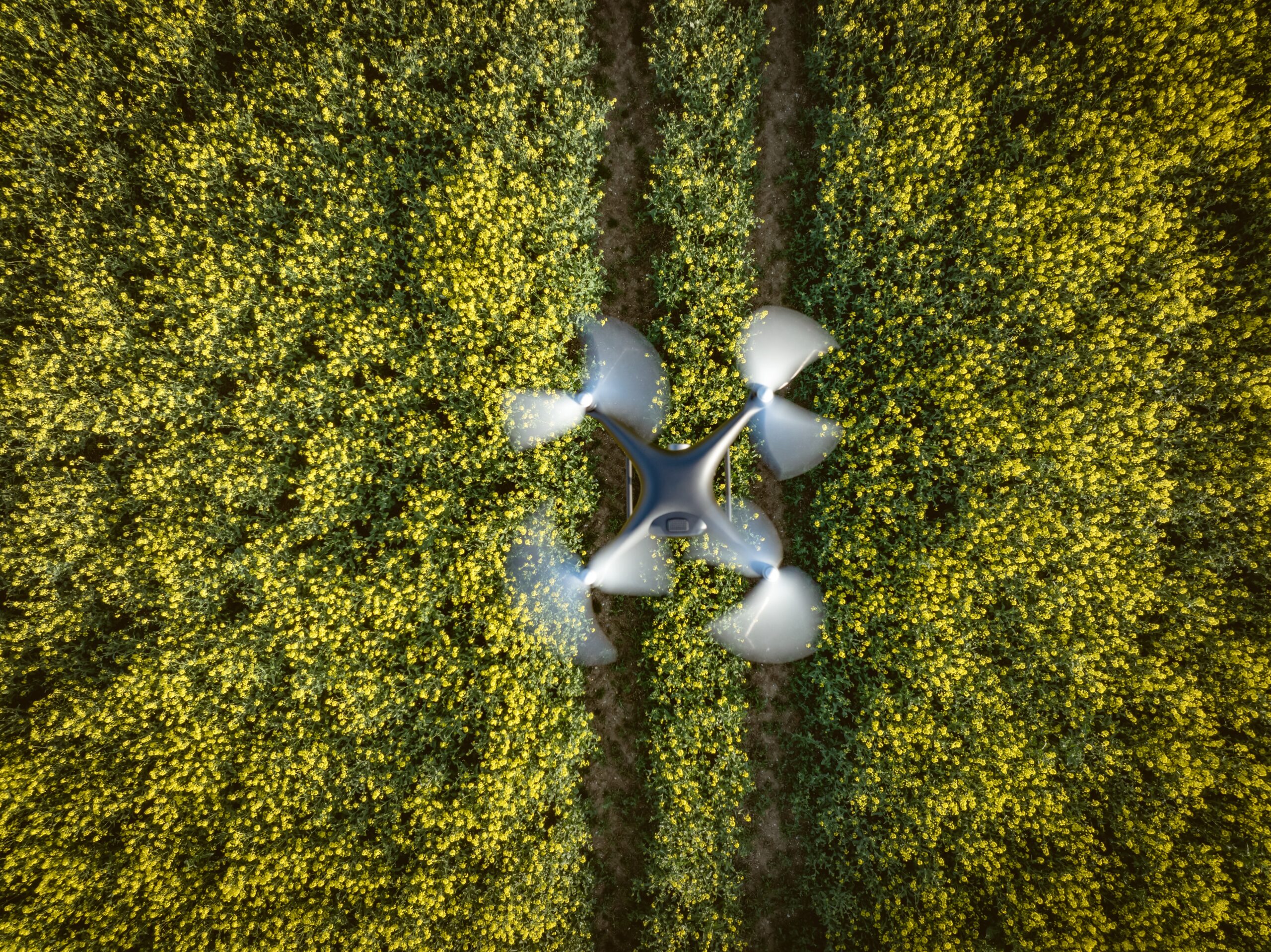
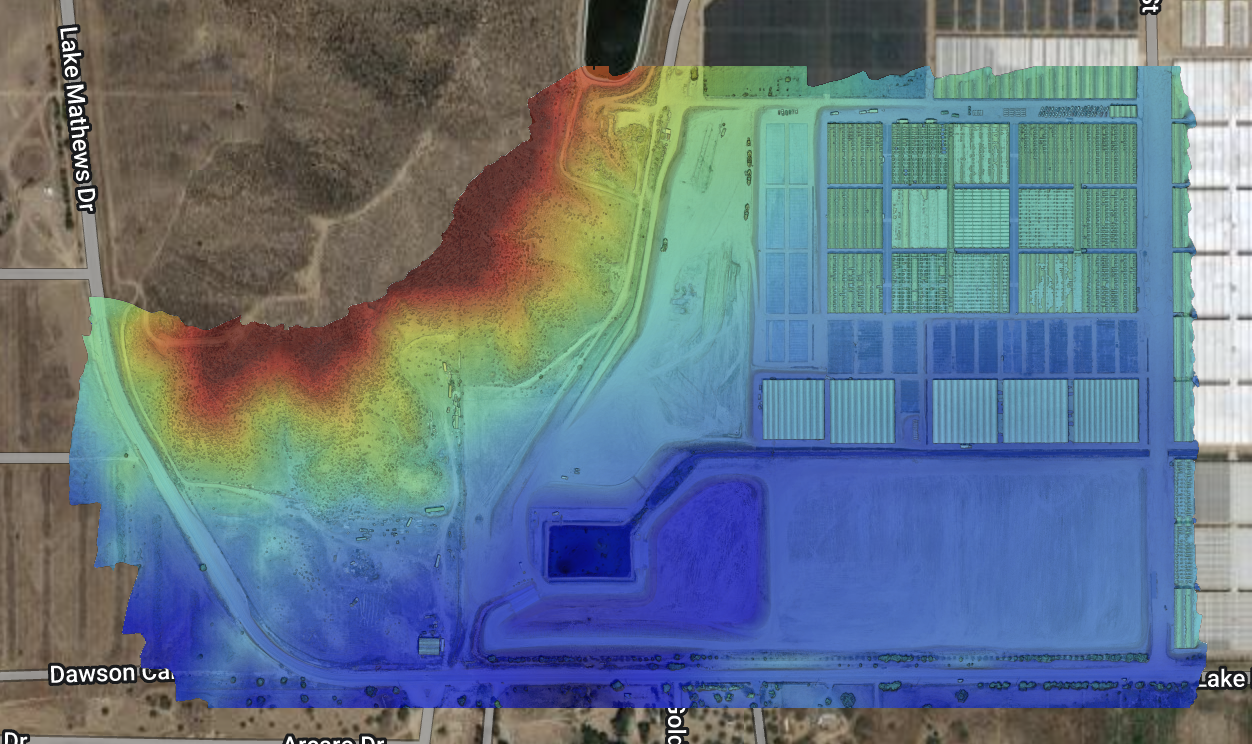

Drone topographic
Ready to Schedule Your Drone Topographic Survey?
At Drone Lidar Mapping Services, we blend expert surveying knowledge with state-of-the-art drone technology to deliver aerial topography mapping that meets your project’s budget and timeline. From residential developments to large-scale commercial sites, count on us for precise, reliable results.
- Call us at (877) 355 – 3518 to discuss your drone topography survey needs.
- Or fill out our contact form for a personalized quote.
Let us help you visualize your site like never before—turning topographic data into actionable plans for construction, engineering, and design success.
Drone Lidar Mapping Services — Your Partner in Aerial Topography Survey
Harness the power of drone surveying to gather high-quality elevation data while saving time, reducing costs, and eliminating guesswork. Let us show you how aerial topography surveys can transform your next development or infrastructure project!
